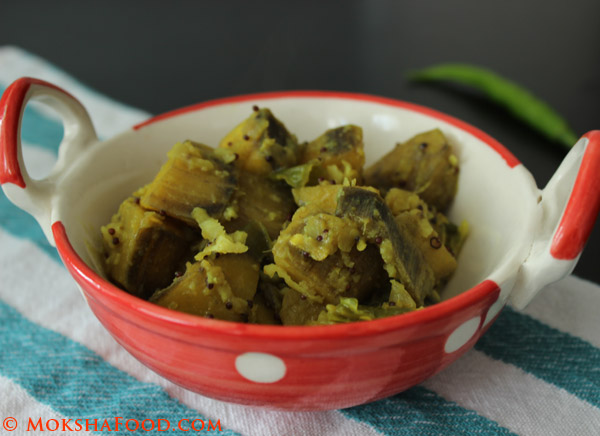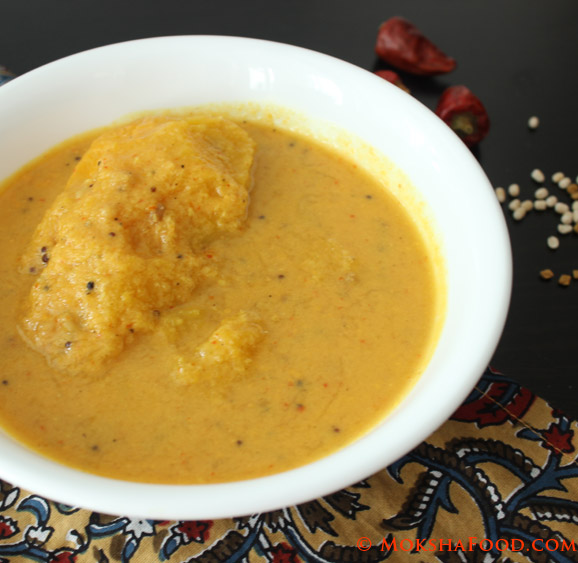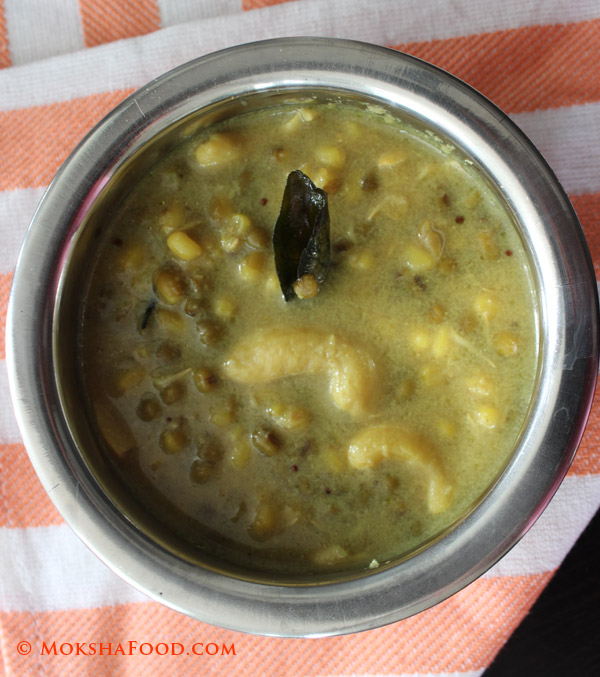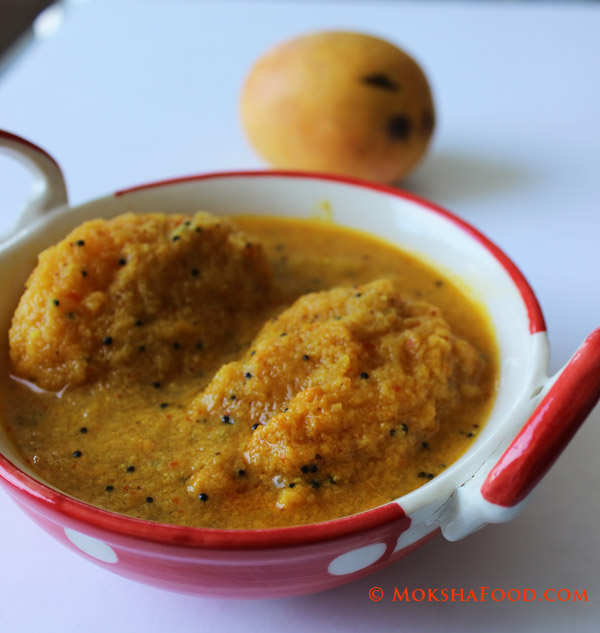Solkadi/ Kokum Coconut Drink
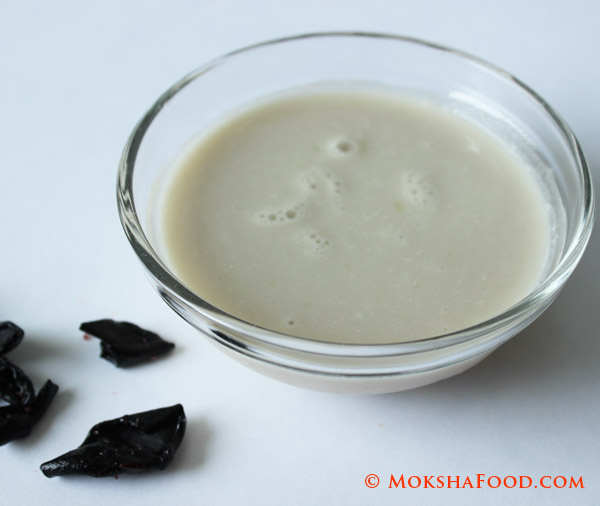
Solkadi is a integral part of Goan Konkani cuisine. It is prepared by grinding freshly grated coconut, green chilies and garlic cloves. The coconut milk is extracted from this mixture and flavored with kokum and salt. This is always served along with the fish curry. The first course of meal is rice, fish curry and fish fry. The meal ends with second course which is rice mixed with solkadi. The Kokum aids in digestion of food and also cools down the heat from the spices. Kokum or Garcinia indica , a plant in the mangosteen family (Clusiaceae), is a fruit-bearing tree that has culinary, pharmaceutical, and industrial uses. In India , it usually grows along the western coastal areas of Goa, Maharashtra and Karnataka. more info Ingredients: 1/2 cup grated coconut 2 green chilies 2-3 cloves of garlic salt to taste 3-4 pieces of Kokum or more depending on the quality of kokum* water Directions: Grind together the coconut, green chilies, garlic and little wat...
